Cannabis Flavonoids: What Are and What Do They Do? A Complete Guide

Exploring The Colorful World of Cannabis Flavonoids
Cannabis, with its complex chemistry, offers a treasure trove of compounds that contribute to its diverse effects and potential health benefits. Among these are flavonoids, a class of plant compounds known for their various physiological effects and contributions to flavor and color in many fruits, vegetables, and herbs.
What Are Flavonoids in Cannabis?Flavonoids are a diverse group of phytonutrients (plant chemicals) found in fruits, vegetables, grains, tea, wine, and many other plant-based foods. They are responsible for the vivid colors of many fruits and flowers, ranging from red to blue to yellow. Flavonoids are renowned for their antioxidant properties, which means they help protect the body from oxidative stress and inflammation by scavenging harmful free radicals.
There are several subclasses of flavonoids, including flavonols (e.g., quercetin, kaempferol), flavones (e.g., apigenin, luteolin), flavanones (e.g., hesperidin, naringenin), flavan-3-ols (e.g., catechins, epicatechins), anthocyanidins (e.g., cyanidin, pelargonidin), and isoflavones (e.g., genistein, daidzein). Each subclass has its unique properties and potential health benefits.
What Role Do Flavonoids Play In Cannabis Plants?Flavonoids play several important roles in marijuana plants, contributing to their overall health, protection, and functionality. Here are some key roles that flavonoids play in cannabis:
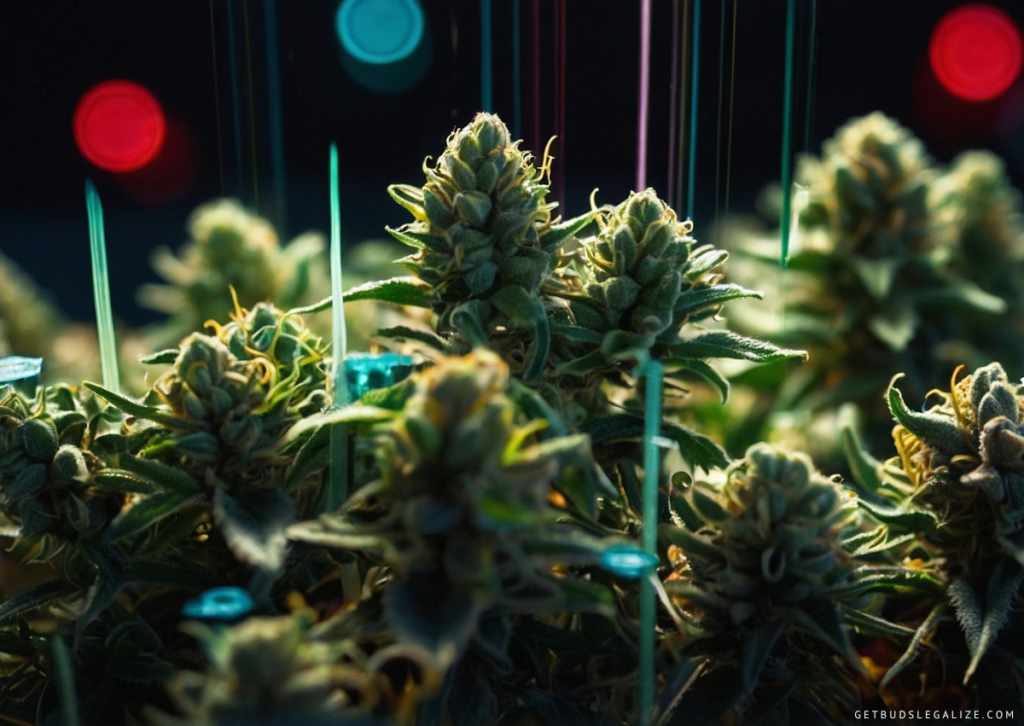
1. UV Protection:
Flavonoids act as natural sunscreen for marijuana plants. They absorb ultraviolet (UV) radiation, protecting the plant's delicate tissues from damage caused by excessive exposure to sunlight. This is particularly important for outdoor-grown marijuana plants, which are exposed to varying levels of UV radiation depending on environmental factors.
2. Antioxidant Defense:Cannabis flavonoids possess antioxidant properties, meaning they can neutralize harmful free radicals in the plant's cells. Free radicals are unstable molecules that can cause oxidative stress and damage to cellular structures. By scavenging free radicals, flavonoids help protect marijuana plants from oxidative damage and maintain their overall health and vitality.
3. Pigmentation:Flavonoids contribute to the pigmentation of flowers and leaves. They are responsible for producing the various colors observed in marijuana plants, including purple, blue, red, and orange hues. The specific combination and concentration of flavonoids present in a cannabis strain determine its unique color profile, which can be influenced by factors such as genetics, environmental conditions, and nutrient availability.
4. Anti-Microbial Defense:Flavonoids have been shown to exhibit antimicrobial properties, helping marijuana plants defend against bacterial, fungal, and viral pathogens. By inhibiting the growth of harmful microorganisms, flavonoids contribute to the plant's immune response and resistance to diseases and infections.
5. Pollination Attraction:Some flavonoids may play a role in attracting pollinators to cannabis flowers. By emitting specific scents and colors that appeal to bees, butterflies, and other pollinating insects, flavonoids help facilitate the pollination process, which is essential for the reproduction and genetic diversity of marijuana plants.
Overall, flavonoids are integral components of the complex chemical profile of cannabis plants. Alongside cannabinoids and terpenes, they contribute to the plant's therapeutic properties, sensory characteristics, and overall resilience in natural environments.
As our understanding of cannabis chemistry continues to evolve, further research into the specific roles and effects of flavonoids in cannabis plants may uncover additional insights into their potential benefits for human health and wellness.
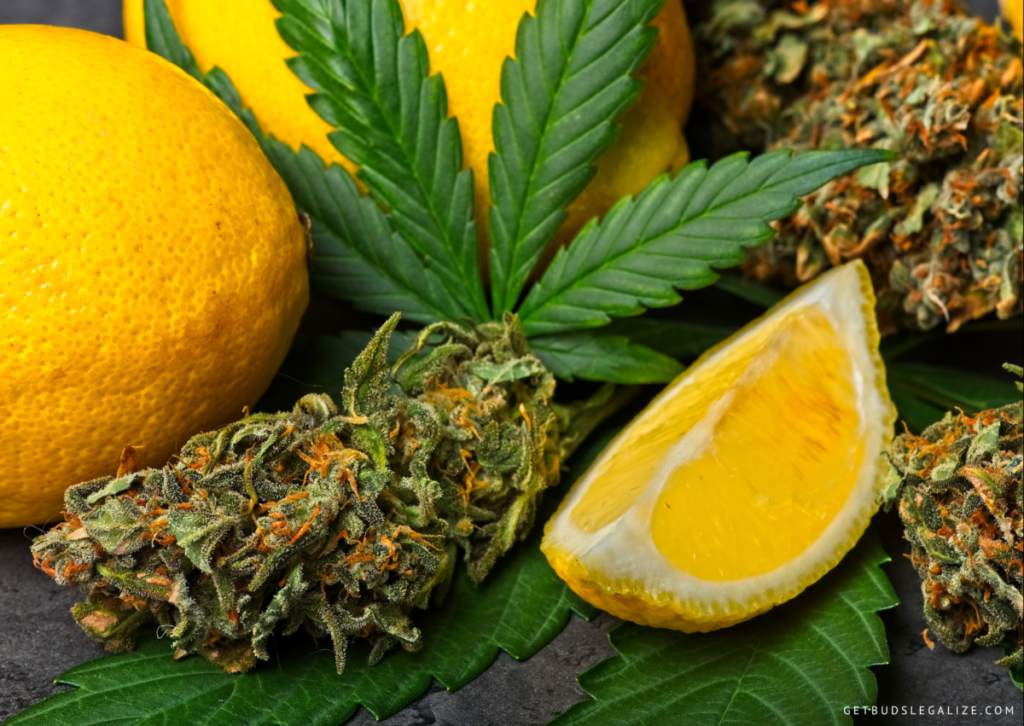
What Potential Health Benefits Do Cannabis Flavonoids Offer?
Flavonoids, while less studied compared to cannabinoids like THC and CBD have shown promising benefits. Here are some potential benefits associated with their use:
1. Anti-inflammatory properties:Flavonoids in cannabis, such as cannaflavins A and B, have demonstrated strong anti-inflammatory effects. These compounds may help reduce inflammation, which is implicated in various chronic diseases like arthritis, cardiovascular disease, and neurodegenerative disorders.
2. Antioxidant activity:Flavonoids are antioxidants that neutralize harmful free radicals in the body. They may protect against chronic diseases such as cancer and cardiovascular disease by preventing oxidative damage to cells.
3. Neuroprotective effects:Some flavonoids, such as apigenin, have shown neuroprotective properties in preclinical studies. These compounds may help protect brain cells from damage caused by oxidative stress, inflammation, and neurodegenerative diseases like Alzheimer's and Parkinson's.
4. Anti-cancer potential:Certain flavonoids found in cannabis, such as apigenin and quercetin, have been studied for their potential anti-cancer effects. These compounds may inhibit the growth and spread of cancer cells, induce apoptosis (cell death) in cancer cells, and prevent angiogenesis (forming new blood vessels that feed tumors).
5. Cardiovascular support:Flavonoids like quercetin have been associated with cardiovascular benefits, including improved blood flow, reduced blood pressure, and protection against heart disease. These effects may be attributed to their anti-inflammatory and antioxidant properties.
6. Anti-allergic properties:Some flavonoids, such as cannflavin A, have been found to exhibit anti-allergic effects by inhibiting the release of histamines and other inflammatory mediators. This could potentially benefit individuals with allergies or allergic conditions.
It's important to note that much of the research on flavonoids is still in its early stages, and more studies are needed to fully understand their potential health benefits and mechanisms of action.
Additionally, the effects of flavonoids may vary depending on factors such as the specific compounds present, their concentrations, and how they interact with other components of the cannabis plant.
Flavonoids and Endocannabinoid System

Some research suggests that certain flavonoids found in cannabis may interact with the ECS, which is a complex network of receptors, enzymes, and endocannabinoids that play a crucial role in regulating various physiological processes, including mood, memory, appetite, and pain sensation.
For instance, flavonoids like quercetin and kaempferol have been found to have a mild affinity for cannabinoid receptors, particularly CB2 receptors, which are primarily located in immune cells and tissues associated with inflammation. By interacting with these receptors, flavonoids may modulate immune responses and inflammation.
Moreover, flavonoids can also influence the activity of enzymes involved in the synthesis and degradation of endocannabinoids, such as fatty acid amide hydrolase (FAAH) and monoacylglycerol lipase (MAGL). By regulating the levels of endocannabinoids like anandamide and 2-arachidonoylglycerol (2-AG), flavonoids may indirectly affect ECS signaling and function.
However, it's important to note that research on flavonoids and their interaction with the ECS is still in its early stages, and much more investigation is needed to fully understand the mechanisms and potential therapeutic applications.
Additionally, the effects of flavonoids can vary depending on factors such as their concentration, the presence of other cannabis compounds (like cannabinoids and terpenes), and individual differences in metabolism and physiology.
List Of Flavonoids In Cannabis And Their Potential BenefitsCannabis contains a variety of flavonoids, although research on them is still ongoing. Some of the flavonoids identified in cannabis include:
1. Cannflavins:
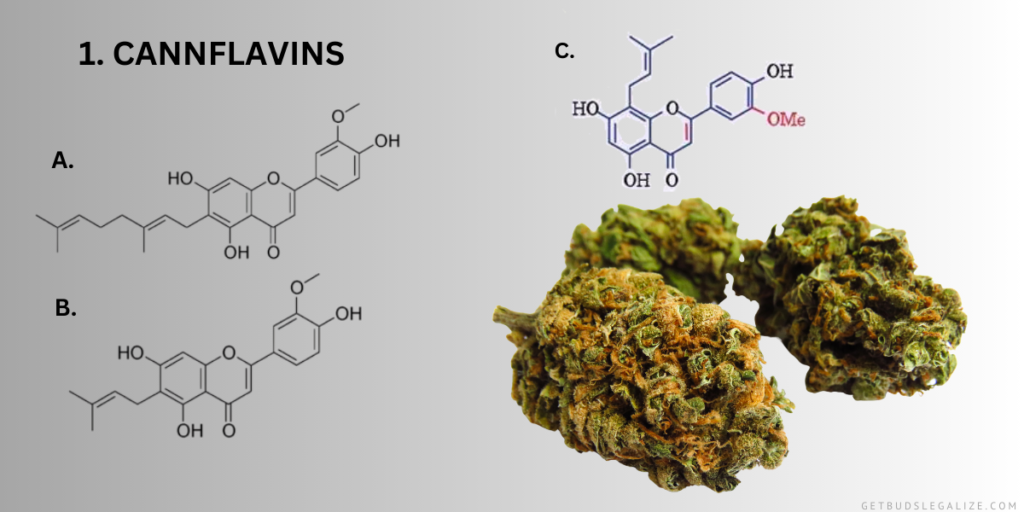
Among the unique flavonoids found in cannabis are the cannflavins, namely Cannflavin A, Cannflavin B, and Cannflavin C. These compounds have garnered attention for their potential anti-inflammatory properties. Cannflavin A, in particular, has shown promise in preclinical studies for its potent anti-inflammatory effects, surpassing those of aspirin in some research.
2. Apigenin:
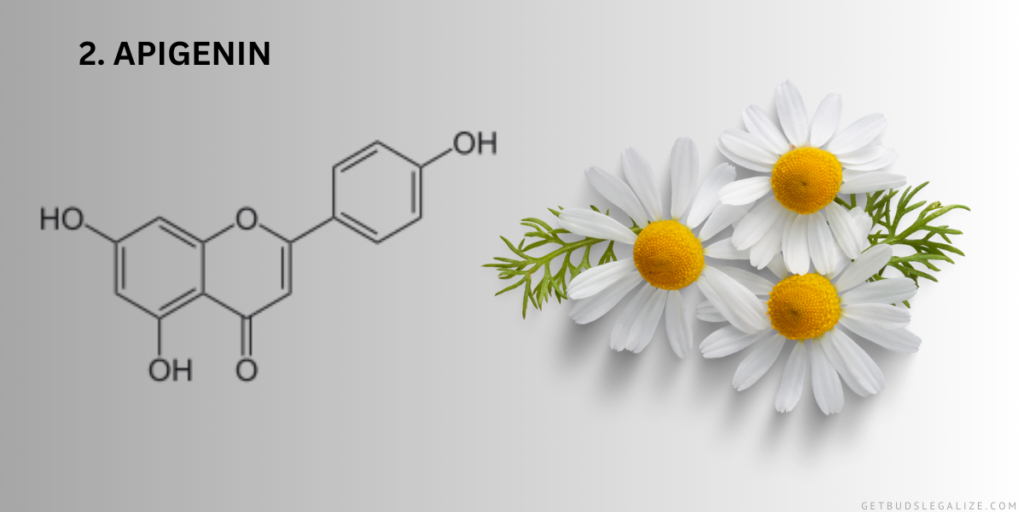
Another noteworthy flavonoid present in cannabis is apigenin. This compound is widely known for its anti-inflammatory and antioxidant properties. Studies suggest that apigenin may contribute to the overall therapeutic effects of cannabis, potentially enhancing its medicinal value.
3. Luteolin:
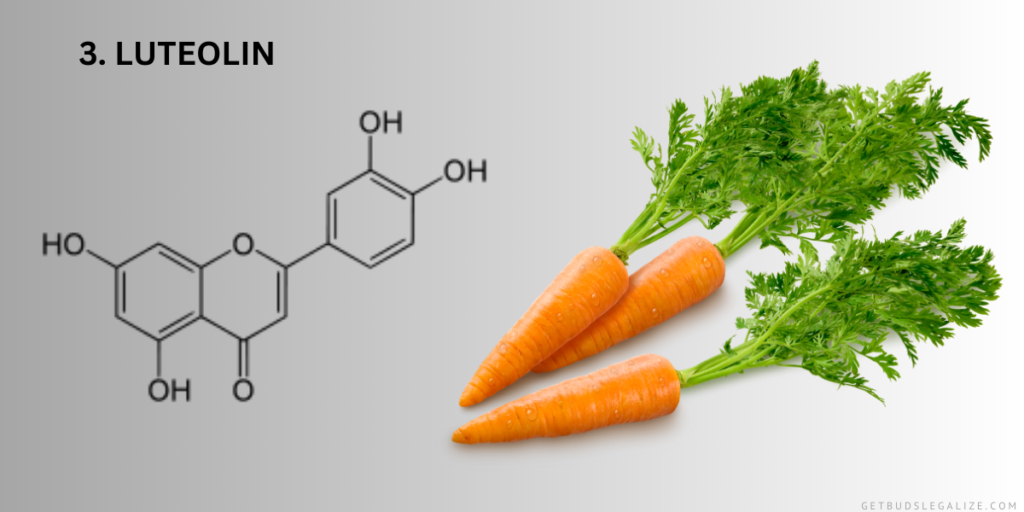
Luteolin is a flavone commonly found in various plants, including cannabis. Studies suggest that luteolin may exert neuroprotective, anti-inflammatory, and anticancer effects. Its presence in cannabis adds to the diverse array of compounds that contribute to the plant's medicinal properties.
4. Kaempferol:

Kaempferol is another flavonoid identified in cannabis, celebrated for its potential health benefits. Research indicates that kaempferol may possess anti-cancer, anti-inflammatory, and neuroprotective properties, making it a compound of interest in the realm of medicinal cannabis.
5. Quercetin:
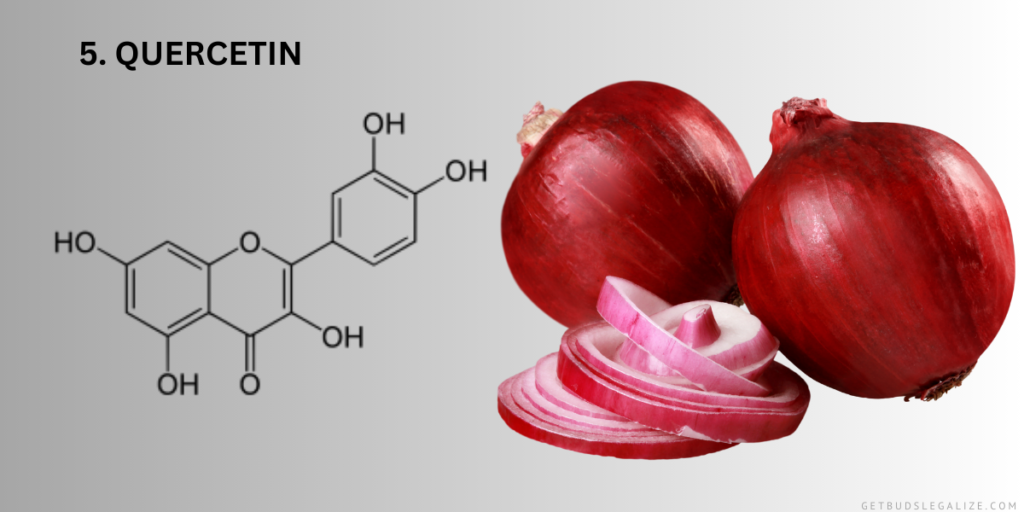
Quercetin is a flavonoid abundant in various fruits and vegetables, including cannabis. Known for its antioxidant and anti-inflammatory properties, quercetin has been investigated for its potential role in supporting cardiovascular health and reducing inflammation-related conditions.
6. Orientin:
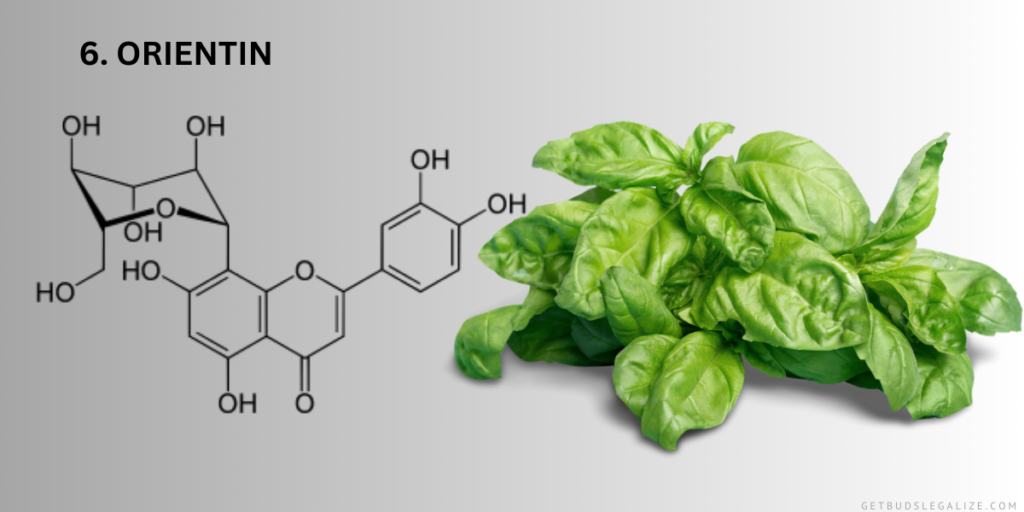
Orientin, while less studied compared to some other flavonoids, is also present in cannabis. It belongs to the flavone class of flavonoids and has demonstrated antioxidant and anti-inflammatory effects in preliminary research. Further exploration is warranted to uncover its full therapeutic potential.
7. Vitexin and Isovitexin:
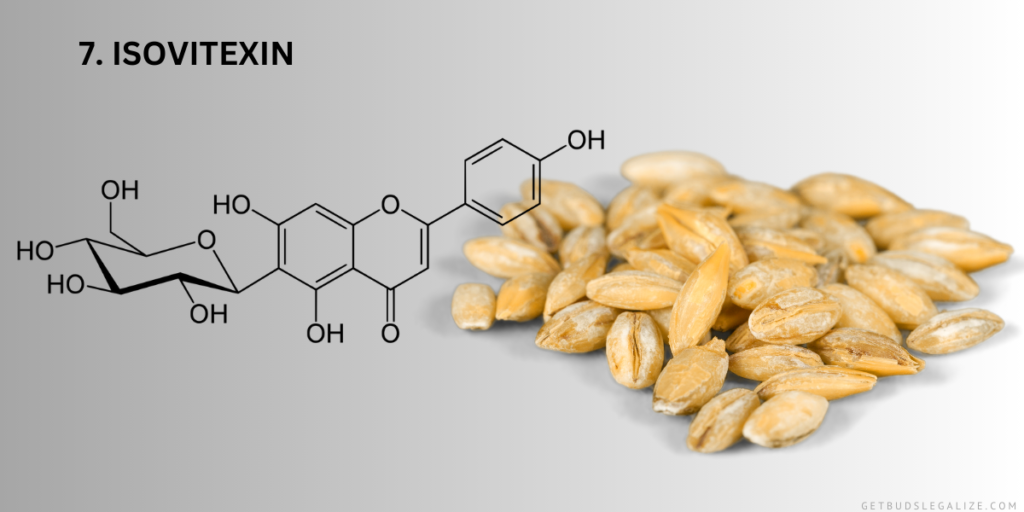
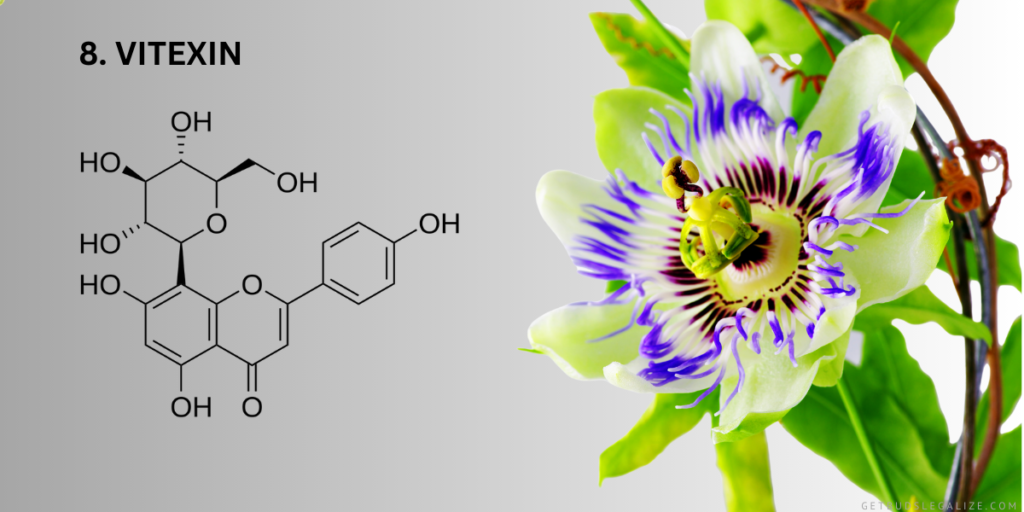
Vitexin and its derivative, isovitexin, are flavonoids found in cannabis with potential health-promoting properties. These compounds have been investigated for their antioxidant, anti-inflammatory, and neuroprotective effects. While research on vitexin and isovitexin in cannabis is still emerging, their presence underscores the complexity of the plant's chemical composition.
Flavonoids vs Terpenes: What Are The Differences?
https://getbudslegalize.com/what-are-cannabis-flavonoids-health-benefits/
Commenti
Posta un commento